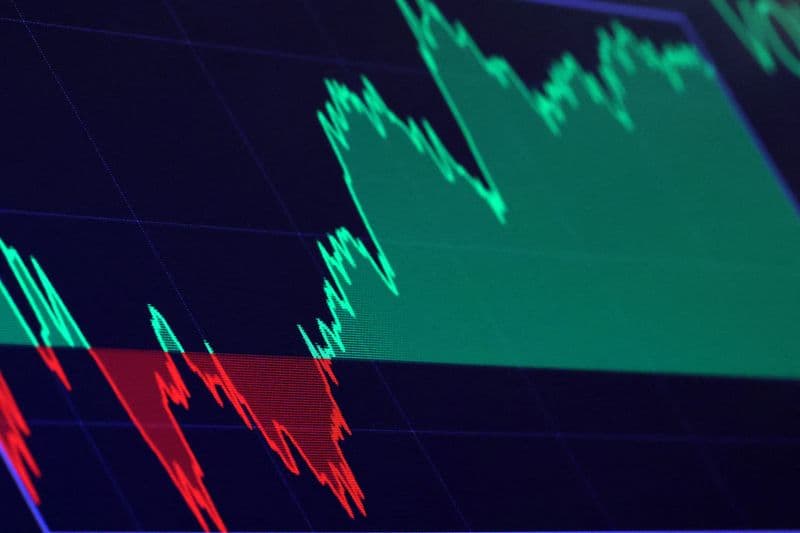Global equity valuations have climbed back to levels that leave investors debating whether the market has become too expensive.
Global equity valuations have climbed back to levels that leave investors debating whether the market has become too expensive.
UBS strategists say the picture is mixed: valuations are clearly elevated, but history shows that stretched multiples alone rarely bring a rally to an end.
The MSCI All Country Index now trades above 19 times 12-month forward earnings, roughly 30% above its 20-year average. UBS notes that this premium is concentrated in fast-growing, highly valued sectors such as technology.
IT stocks make up more than 28% of the global benchmark, compared with just 11% a decade ago, amplifying the index’s headline valuation.
The United States remains the global outlier. The S&P 500 trades at 23 times forward earnings, near the top of its historical range. The NASDAQ Composite’s trailing price-earnings ratio sits around 30, far below its dot-com-era extremes but still a sign of strong optimism.
By contrast, valuations in other major regions look more contained: European equities are about 10% above their long-term average, China is roughly 7% above, and Japan continues to trade at a discount.
UBS argues that expensive markets do not automatically signal an imminent reversal. Past cycles illustrate the point. Warnings about “irrational exuberance” in the mid-1990s preceded years of additional gains, and concerns about a “QE bubble” in 2013 were followed by further advances.
Elevated valuations tend instead to imply more modest long-term returns. The banknotes that the S&P 500 may find it difficult to replicate its 9.7% average annual performance of the past two decades from these starting levels.
What’s next for stocks?
The near-term outlook hinges on earnings. UBS expects S&P 500 earnings per share to grow 11% in 2025 and another 10% in 2026, providing the fundamental support needed to keep markets moving higher. Liquidity conditions also remain conducive, helping sustain risk appetite.
Longer term, UBS highlights artificial intelligence as the swing factor. If AI delivers the productivity gains many expect, markets could “grow into” today’s valuations, easing pressure on multiples.
The reverse is also true: an AI disappointment would bring valuations into sharper focus and represents a key downside risk.
In UBS’s view, today’s market is expensive but not necessarily fragile. Strong earnings growth and plentiful liquidity can support further gains, but the margin for error is thinner than in past years.
